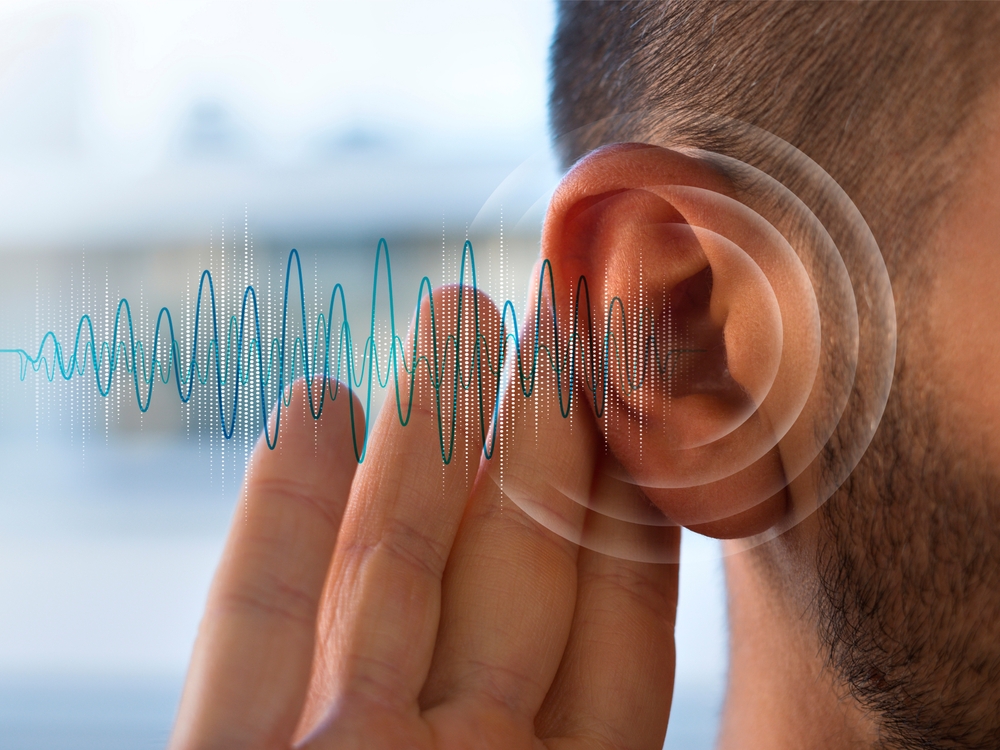
In the hustle and bustle of everyday life, our ears frequently shoulder the burden of neglect and accidental harm. From the allure of ear candling to the seemingly harmless act of using cotton swabs, our hearing health can suffer from these common yet hazardous practices. What follows are a few strategies you can use to help protect the health of your hearing.
Ear candling is a no-no
Ear candling, an ancient technique purported to extract earwax and promote ear health, has gained popularity despite lacking scientific merit. It’s believed that a vacuum is produced when a hollow ear candle is inserted into your ear canal and the wick at the opposite end is lit allegedly drawing impurities out. This practice, however, has been proven in several studies to not only be ineffective, but also rather risky.
Not only does ear candling fail to eliminate earwax efficiently, but it also poses significant hazards. Burns to the delicate ear structures, perforated eardrums, and aggravation of existing issues can all be consequences of this practice. Usually, if you see any wax after ear candling, it will be from the candle itself rather than your ears.
Medical professionals always warn against ear candling because of these findings. There are safer methods of cleaning your ears than cotton swabs and the FDA and the Academy of Otolaryngology (AAO) advise against using them.
No more cotton swabs
It’s true that lots of people turn to these seemingly harmless tools to clean earwax out of their ears. But there are more dangers than advantages to inserting a cotton swab into your ear canal. Rather than effectively removing earwax, swabs can inadvertently pack wax deeper into the ear canal, leading to impaction and potential injury.
The eardrum is sensitive and objects such as cotton swabs can cause substantial damage. Injuries, like perforations or abrasions can occur, creating pain, infection, and hearing loss. To avoid these complications, it is beneficial to steer clear of inserting any objects into the ear canal and instead rely on the ear’s self-cleaning mechanisms or seek professional help if necessary.
Keep volumes to a minimum
In a progressively noisy world, our ears are continuously bombarded by sounds of differing intensities. Exposure to loud noise is inevitable, from going to sporting events and concerts to walking down noisy city streets to mowing your lawn. Over-exposure to loud noises like these can have negative effects on your hearing health resulting in tinnitus and noise-related hearing loss.
To decrease the risk of hearing damage, it is critical to be mindful of sound levels and take active measures to safeguard your ears. This includes using hearing protection, like earmuffs or earplugs, in noisy settings and restricting exposure to loud sounds whenever possible.
Additionally, when using personal audio devices, such as headphones or earbuds, maintaining a moderate volume and taking regular rests can help maintain hearing health.
If you notice any symptoms, act quickly
Perhaps the most essential aspect of preserving optimal hearing health is being attentive to the signals your ears provide and taking quick action in response to any concerning symptoms. If you hold off on getting your hearing loss treated you will most likely exacerbate the issue.
If you have symptoms like ringing in the ears, difficulty understanding speech, or pain or pressure in your ears, it’s important that you acknowledge it. If any of these symptoms are experienced, seek evaluation from a qualified hearing specialist or otolaryngologist (ear, nose, and throat specialist) immediately. Your hearing outcomes as well as your quality of life will be significantly enhanced by early detection and intervention.
In conclusion, the health and well-being of our ears are paramount in navigating the sensory landscape of our lives. We can maintain our healthy hearing by avoiding cotton swabs and ear candles, safeguarding our ears against loud noise, and recognizing early warning symptoms.
Call us immediately for an assessment if you are suffering from ear damage or hearing loss.
